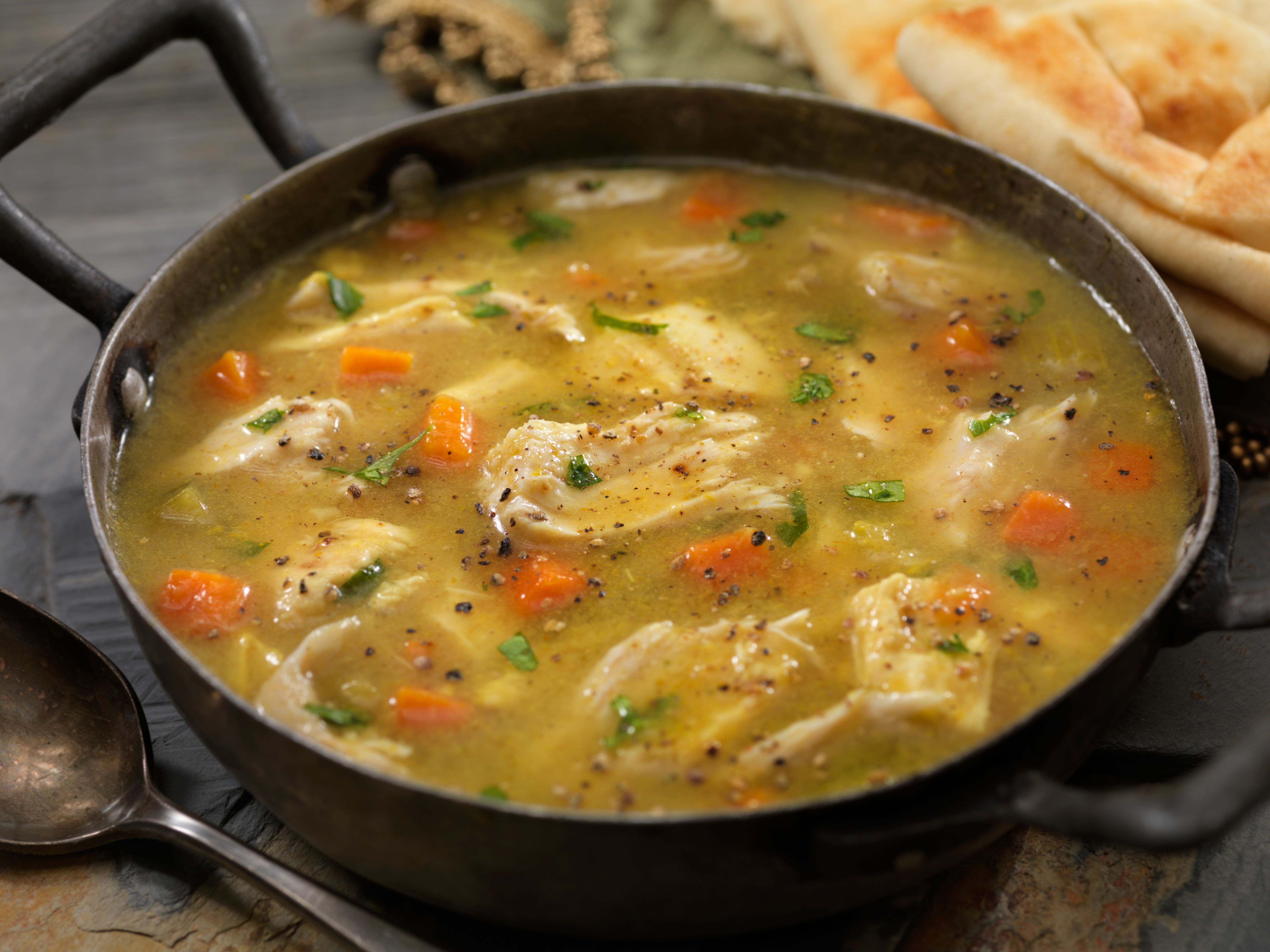Exploring Borscht: Eastern Europe's Vibrant Beet Soup
The Rich History of Borscht
Borscht, a vibrant and hearty beet soup, is a staple in Eastern European cuisine. Its deep red hue and robust flavors make it a beloved dish across countries like Ukraine, Russia, Poland, and Lithuania. The origins of borscht can be traced back to ancient times, with each region adding its own unique twist to the recipe. Traditionally, borscht is made with beets, which give it its characteristic color, but it often includes other vegetables like cabbage, potatoes, and carrots.
The history of borscht is as rich as its flavor. This soup has been a part of Eastern European culinary traditions for centuries, with its first recorded mentions dating back to the 16th century. It was initially considered a peasant dish due to its simple ingredients, but over time, it gained popularity among all social classes. Today, borscht is celebrated not only for its taste but also for its cultural significance.
Ingredients and Variations
One of the most intriguing aspects of borscht is its versatility. While the basic ingredients typically include beets and cabbage, variations abound throughout Eastern Europe. In Ukraine, for instance, borscht is often made with a meat base, using beef or pork to add depth and richness to the soup. In contrast, Polish borscht might be served clear and made with beet kvass as a starter for festive occasions.
Here are some common ingredients found in borscht:
- Beets
- Cabbage
- Potatoes
- Carrots
- Onions
- Garlic
- Dill
- Sour cream (for serving)
Cultural Significance
Borscht is more than just a dish; it's a cultural symbol that brings people together. In many Eastern European countries, borscht is served during important celebrations and family gatherings. Its preparation and consumption are often steeped in tradition, with recipes passed down through generations. Sharing a bowl of borscht is seen as an act of hospitality and warmth.

The soup's ability to reflect local ingredients and customs makes it a fascinating culinary experience. Each region's version of borscht tells a story of its people and their lifestyle. Whether enjoyed hot or cold, with or without meat, borscht remains an enduring favorite that unites diverse communities across borders.
Health Benefits of Borscht
In addition to its cultural significance, borscht offers numerous health benefits. Beets are rich in essential nutrients like fiber, vitamins, and minerals. They are known for their ability to improve blood flow, lower blood pressure, and boost stamina. The other vegetables in borscht add a range of vitamins and antioxidants, making it a nutritious choice for any meal.

Moreover, borscht can be easily adapted to fit various dietary needs. It can be made vegetarian or vegan by omitting meat and using vegetable broth instead. This adaptability allows more people to enjoy its delicious taste while reaping its health benefits.
How to Enjoy Borscht
Borscht is typically served hot with a dollop of sour cream and freshly chopped dill on top. Some enjoy it with a slice of hearty rye bread on the side to soak up the flavorful broth. For a more refreshing option during warmer months, cold borscht, or "chlodnik," is a popular choice in countries like Lithuania.
Whether you are experiencing borscht for the first time or rekindling your love for this classic dish, there's no denying its appeal. The combination of vibrant colors, rich flavors, and historical significance makes borscht a culinary treasure worth exploring.
